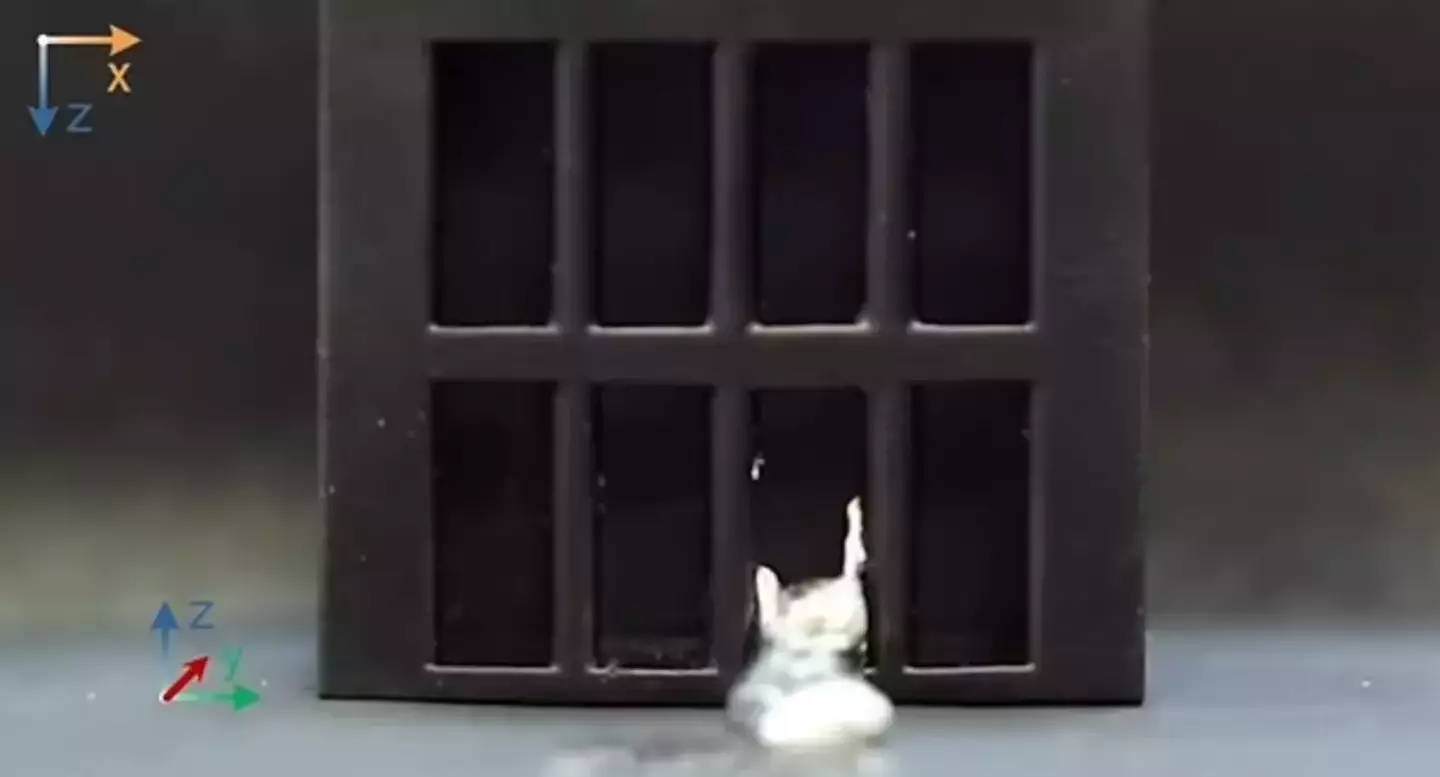
We often sit and watch some of the most wildest films and think 'what if this happened in real life?'
While the chances of that actually happening are remarkably slim, it can actually become a reality.
Just asks fans of The Terminator - as we're now living in the darkest timeline in which the film series may become reality.
Advert
Last year, Researchers from America's Carnegie Mellon University and the Chinese University of Hong Kong created a remarkable new piece of material.
This wasn't just any type of material though, as this new discovery can mimic the powers of the T-1000.
To those people: no one said you couldn't, we said you shouldn't.
But it turns out the little melty men might have the chance to save some lives with their newfound skills, so it's not all bad.
Advert
The video released by researchers sees a tiny little robot akin to a T-1000 Terminator by escaping a minuscule jail cell.
The robot can be seen melting down into a liquid form to move through bars, before it returns to a solid state once free.
Films buffs will remember the scene from Terminator 2: Judgment Day, in which the solid metal T-1000 shapeshifts to a watery substance in order to glide through a set or bars that was blocking its way while trying to kill Sarah Connor.
Researchers did assure the world that their robot mini was never tasked with the murder of John Connor, so that's nice.
Advert
Senior author Professor Carmel Majidi explained the science behind the shape shifting robot, revealing that magnetic particles come into play in two ways to facilitate the liquidation.
"One is that they make the material responsive to an alternating magnetic field, so you can, through induction, heat up the material and cause the phase change." she said, as per Matter.

"But the magnetic particles also give the robots mobility and the ability to move in response to the magnetic field.
Advert
She added: "Future work should further explore how these robots could be used within a biomedical context.
"What we're showing are just one-off demonstrations, proofs of concept, but much more study will be required to delve into how this could actually be used for drug delivery or for removing foreign objects."
Doctor Chengfeng Pan explained how the robot could be utilized in modern medicine.
"Giving robots the ability to switch between liquid and solid states endows them with more functionality," he said, as per Matter.
Advert
"Now, we're pushing this material system in more practical ways to solve some very specific medical and engineering problems."
Topics: Science, Technology, Robotics
